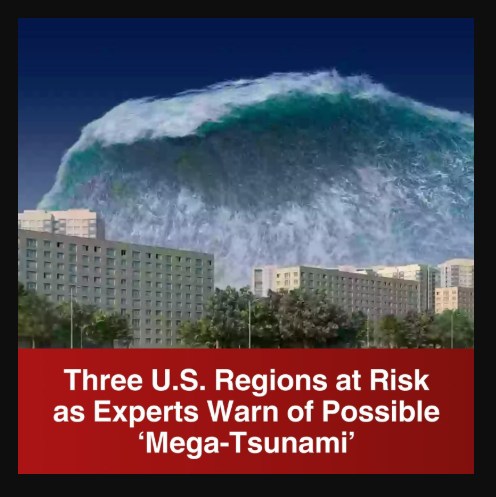Across the United States, three major coastal regions—the Pacific Northwest, East Coast, and Gulf Coast—are on high alert for tsunamis and flooding. Experts are sounding the alarm, urging communities to understand the risks and get ready for potential disasters. Each area faces unique challenges tied to shifting earth, underwater landslides, and the worsening effects of climate change. Staying informed and prepared is critical for keeping people safe in these vulnerable zones.
Tsunamis are giant waves caused by sudden disruptions like earthquakes or underwater landslides. They race across the ocean at incredible speeds, growing taller as they near the shore. When they hit, they can flood entire communities, leaving little time for escape. Climate change is making things worse, raising sea levels and wearing away protective coastlines, which lets water surge farther inland. For coastal residents, knowing the dangers and acting fast can make all the difference.
The Pacific Northwest is the most at-risk, sitting above the Cascadia Subduction Zone, where tectonic plates collide deep under the ocean. Scientists estimate a 37% chance of a major quake in the next 50 years, which could trigger a tsunami that floods towns in Oregon, Washington, and northern California. With only minutes to react, local officials are racing to improve warning systems and evacuation routes to help people get to safety before disaster strikes.

The East Coast faces a different kind of threat. While earthquakes are less common here, underwater landslides or quakes in the Caribbean or Atlantic could send tsunami waves toward cities from Florida to New England. The region’s flat terrain and crowded urban areas make flooding a serious concern. A tsunami hitting during a hurricane could create a perfect storm of destruction, overwhelming emergency plans.
The Gulf Coast has a lower tsunami risk but isn’t immune. Its flat landscape and history of underwater landslides leave it open to danger, especially as rising seas and coastal erosion grow worse. States like Texas, Louisiana, and Alabama already face hurricanes, and a rare tsunami could add to the chaos. Communities here need to be ready for all kinds of coastal threats.
Time is critical when a tsunami approaches. A sudden earthquake or a retreating ocean—known as a drawback—are urgent signals to run to higher ground without waiting for alerts. Experts say acting quickly can save lives, as warnings may come too late.
Climate change is amplifying these risks by raising sea levels and weakening natural defenses like marshes and dunes. This means even smaller waves can cause major damage. Communities must adjust to these new realities to stay safe.
Scientists and emergency teams are working to improve tsunami detection, refine evacuation plans, and educate the public. While the threat can’t be eliminated, preparation can reduce the damage. For people in the Pacific Northwest, East Coast, and Gulf Coast, knowing the risks and acting fast could be the key to survival. Stay ready, stay safe.


